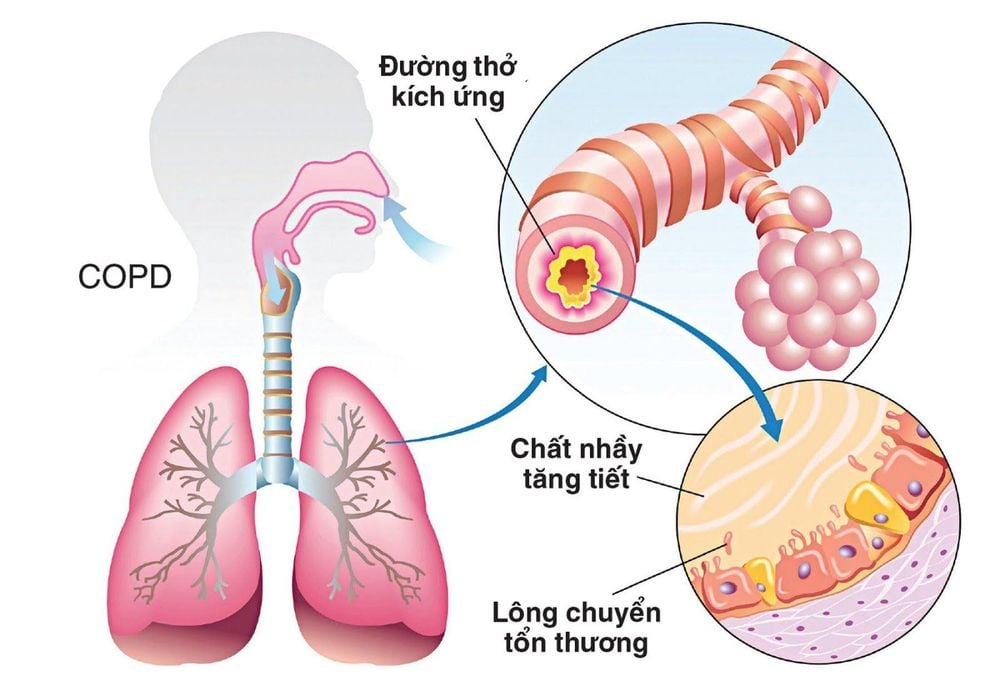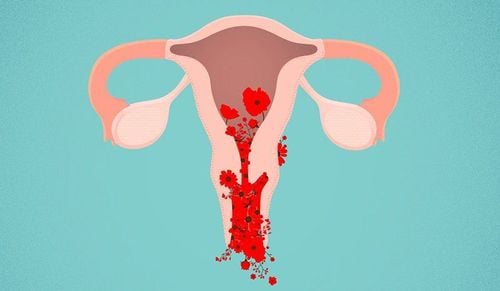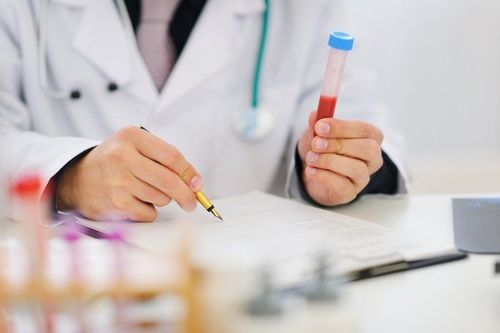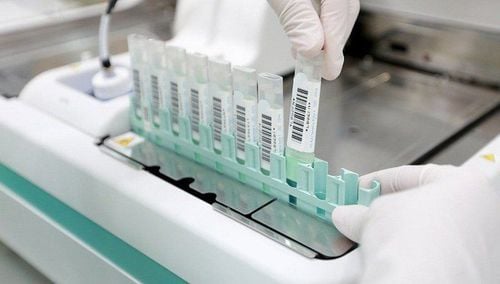This is an automatically translated article.
The article was professionally consulted by Doctor Nguyen Ngoc Bach - Department of General Internal Medicine - Vinmec Times City International Hospital.Chronic obstructive pulmonary disease is the fourth most dangerous disease among the leading causes of death in Vietnam. Early diagnosis and timely intervention will greatly help in the treatment of the disease. What are the symptoms of chronic obstructive pulmonary disease? Can chronic obstructive pulmonary disease be detected by what investigations and tests? Let's find out right here.
1. What is chronic obstructive pulmonary disease?
Chronic obstructive pulmonary disease is a chronic inflammation of the lining of the airways, blocking the flow of exhaled air, hindering ventilation in the lungs.The cause of the disease is caused by harmful dust particles or gases in the environment that cause damage to the lungs. The disease is common in men over 40 years old, especially pipe smokers, tobacco users, people who are often exposed to coal stove smoke, straw smoke, wood stove smoke, incense smoke or dust and toxic gases.
An estimated 329 million people worldwide have chronic obstructive pulmonary disease. This number is increasing because the risk factors for the disease tend to increase (smog, environmental pollution...).

2. Symptoms that help diagnose chronic obstructive pulmonary disease
Symptoms that help diagnose chronic obstructive pulmonary disease include:
Cough, sputum production. Persistent cough, repeated many times: Many people think that cough is a common symptom of bronchitis but subjectively do not go to the hospital, but if the cough lasts continuously for several months, repeated many times, you may have had lung related diseases. Including dry cough and cough with phlegm. Usually cough a lot and produce sputum in the morning. Shortness of breath: These are signs that there is a problem with the respiratory system. At first, it may be difficult to breathe when tired or overworked. Then even when you are doing light activity, you will feel short of breath at rest. Shortness of breath is getting worse. If you are regularly exposed to risk factors for the disease or are in a susceptible group (over 40 years old), you should seek medical attention immediately when you have the above signs. Listen to your body to notice the smallest changes. Diagnosing chronic obstructive pulmonary disease at an early stage can stop the disease from developing and slow down lung damage.
3. Tests to help detect chronic obstructive pulmonary disease
3.1. Measuring respiratory function
Pulmonary function test will check the degree of bronchial obstruction, air flow in and out of the lungs, measure other lung volumes. These indicators will indicate whether you have chronic obstructive pulmonary disease, and if so, how severe or mild the disease is.
3.2 Chest X-ray

3.3. Measurement of arterial blood gas
If shortness of breath is frequent with increasing frequency, you will have an arterial blood gas test to check the oxygen and CO2 levels in your blood. The results of the arterial gas measurement will indicate the severity of chronic obstructive pulmonary disease. If the concentration of oxygen decreases, while the concentration of CO2 increases, the disease is more severe.3.4. ECG
Electrocardiography is usually performed in advanced stages of disease. Electrocardiogram helps to check the patient's cardiovascular complications such as arrhythmia, heart failure ... to have timely treatment direction.3.5. Computed tomography of the chest
To evaluate the degree of alveolar dilation of the lungs, the doctor may order you to perform a computed tomography thorax. Patients with chronic obstructive pulmonary disease have a history of smoking for many years, so thoracic computed tomography also plays a role in lung cancer screening for early diagnosis and timely treatment3.6. Blood tests
In addition to the above investigations, the patient will combine blood tests: blood count test, blood fat test, diabetes test, liver and kidney function test... to know the current health status. presence and assessment of comorbidities. The case of chronic obstructive pulmonary disease patients with diabetes, cardiovascular diseases, high blood pressure... will greatly affect the treatment process, easily cause complications, and have a very high risk of death.Based on the above investigations and tests for chronic obstructive pulmonary disease, doctors can make a conclusion whether you have the disease, if so, what is the condition of the disease, how to treat it.
It is important to see a doctor as soon as you see unusual symptoms of the body. At Vinmec International General Hospital, the examination and treatment of chronic obstructive pulmonary disease or lung-related diseases are performed by a team of highly qualified and experienced specialists and doctors. All tests are performed by modern machinery system for high accuracy results, shortening examination time and determining disease status.
Please dial HOTLINE for more information or register for an appointment HERE. Download MyVinmec app to make appointments faster and to manage your bookings easily.














